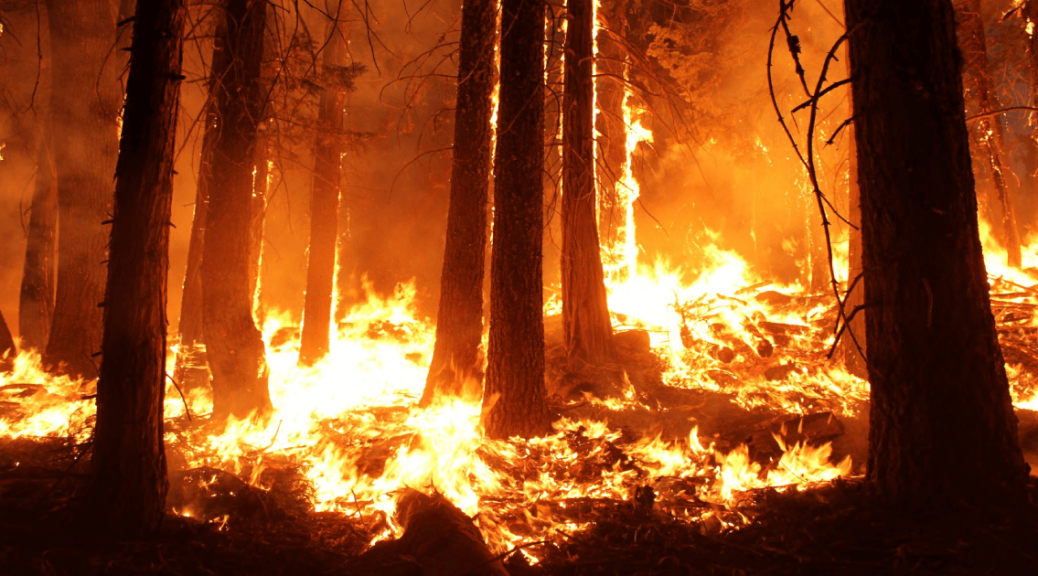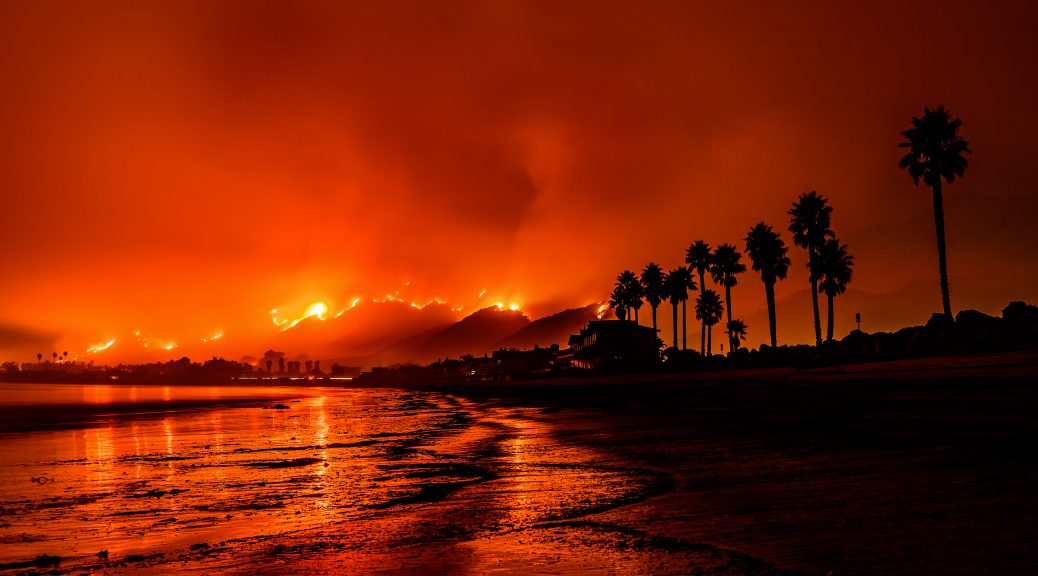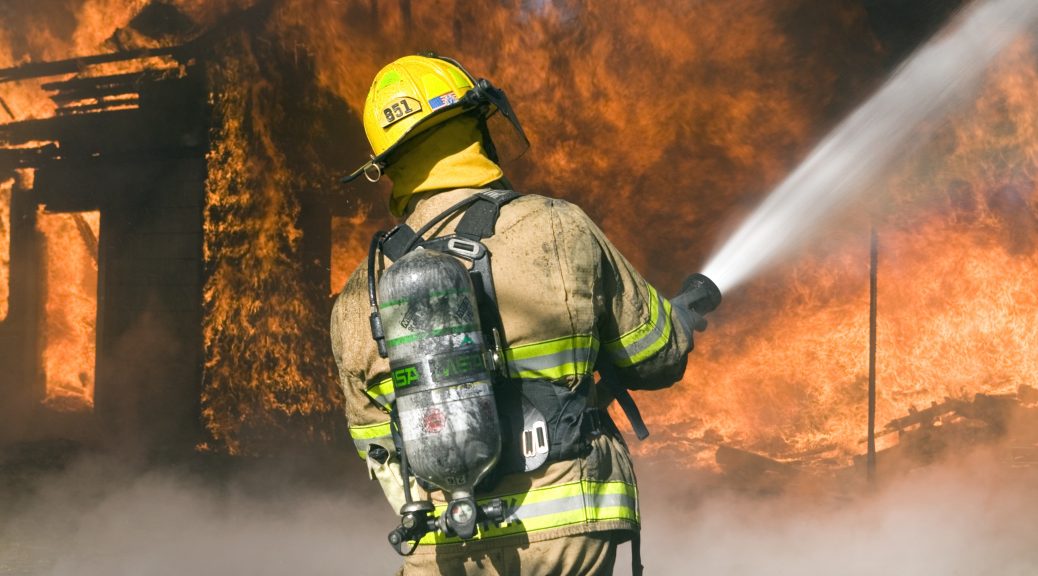When someone yells, “Get out of the way!” you should. In fact, we’ll pay you for getting out of the way. One of the benefits of your Boat or Yacht policy, or Collector Vehicle policy, is that we’ll cover part of the cost to move your vessel or vehicle to safety when it’s threatened by a named storm, wildfire, or other pending disaster such as a flood.
A little advance planning is needed. For smaller watercraft you should contract with hauling company to get it to on-land storage when threatened (of course you will need to make that kind of arrangement well in advance). For larger watercraft, it’s much easier just to navigate out of harm’s way in advance. Either way, we’ll reimburse you up to $500 for the cost and a higher reimbursement limit is available as an optional endorsement.
For a collector car, just drive or tow it away from the impending disaster. We’ll reimburse you up to $200 for that cost.
Your agent may provide you with a short form that lets us know where you are normally moored or garaged, and where you expect to be during an emergency. Otherwise, it’s just a matter of acting quickly and then showing us your expense receipts later.
You may never need it, but this policy perk will save you both money and a headache if you don’t get out of the way when you can.
For information only. Not applicable to all situations.
Coverage is subject to policy terms, conditions, limitations, exclusions, underwriting review, and approval, and may not be available for all risks or in all states. Rates and discounts vary, are determined by many factors and are subject to change. Policies are written by one of the licensed insurers of American Modern Insurance Group, Inc., including American Modern Home Insurance Company d/b/a in CA American Modern Insurance Company (Lic. No 2222-8).






